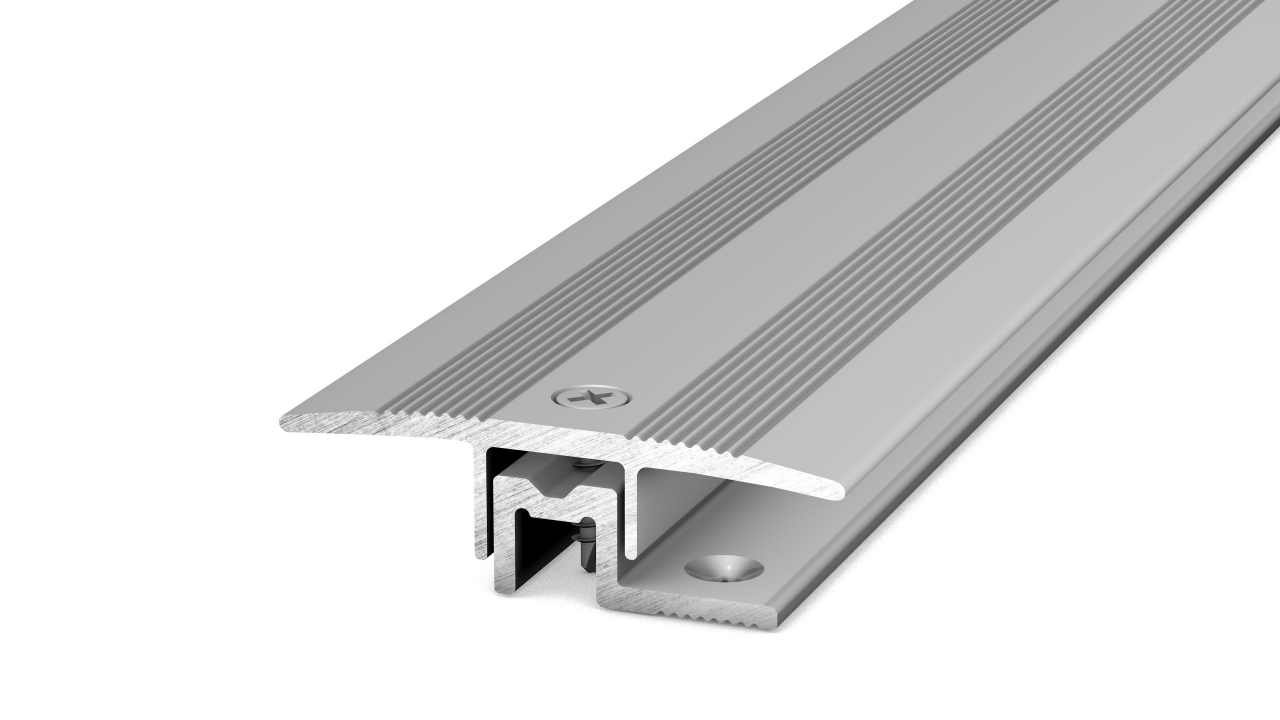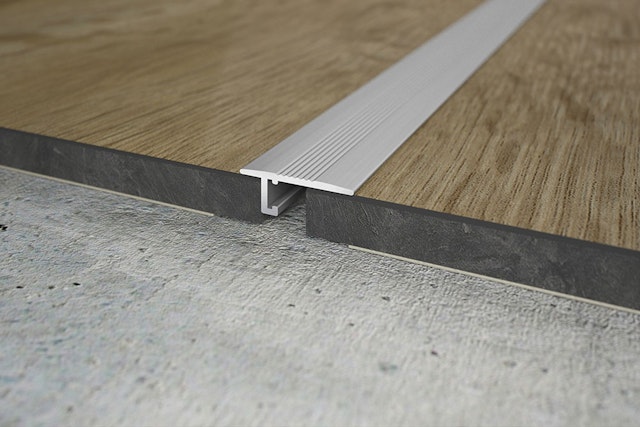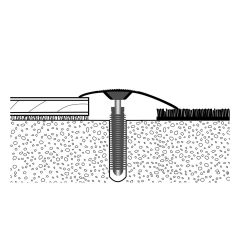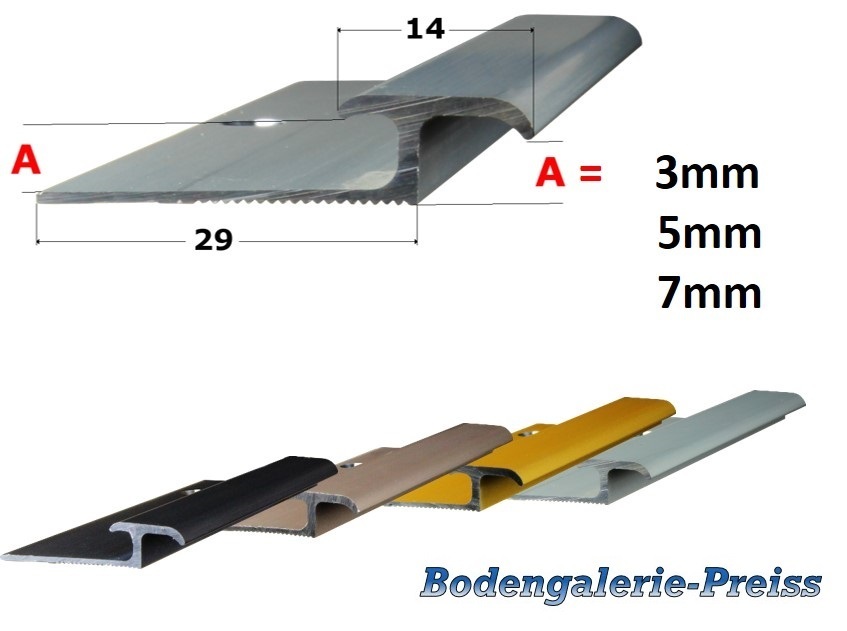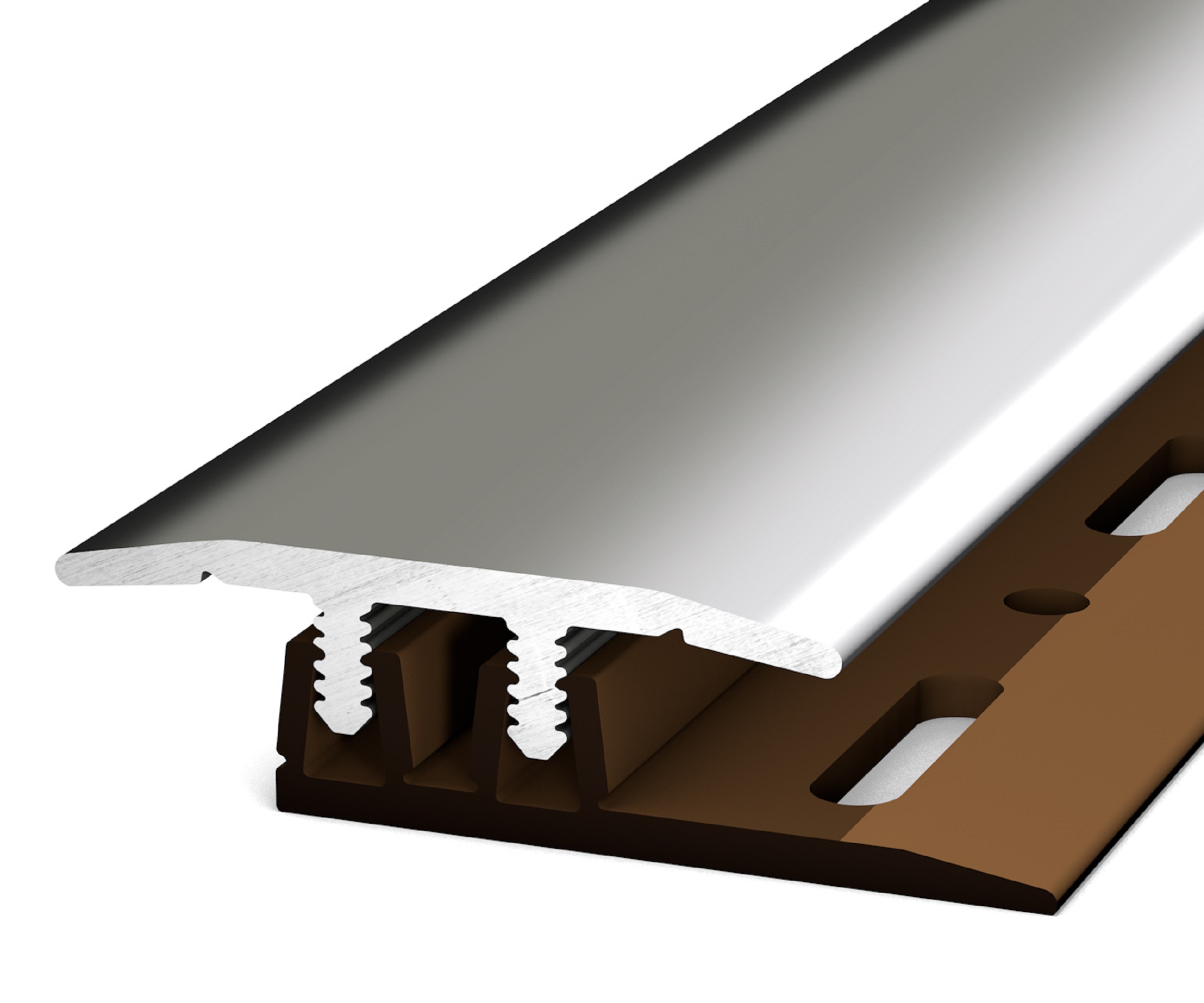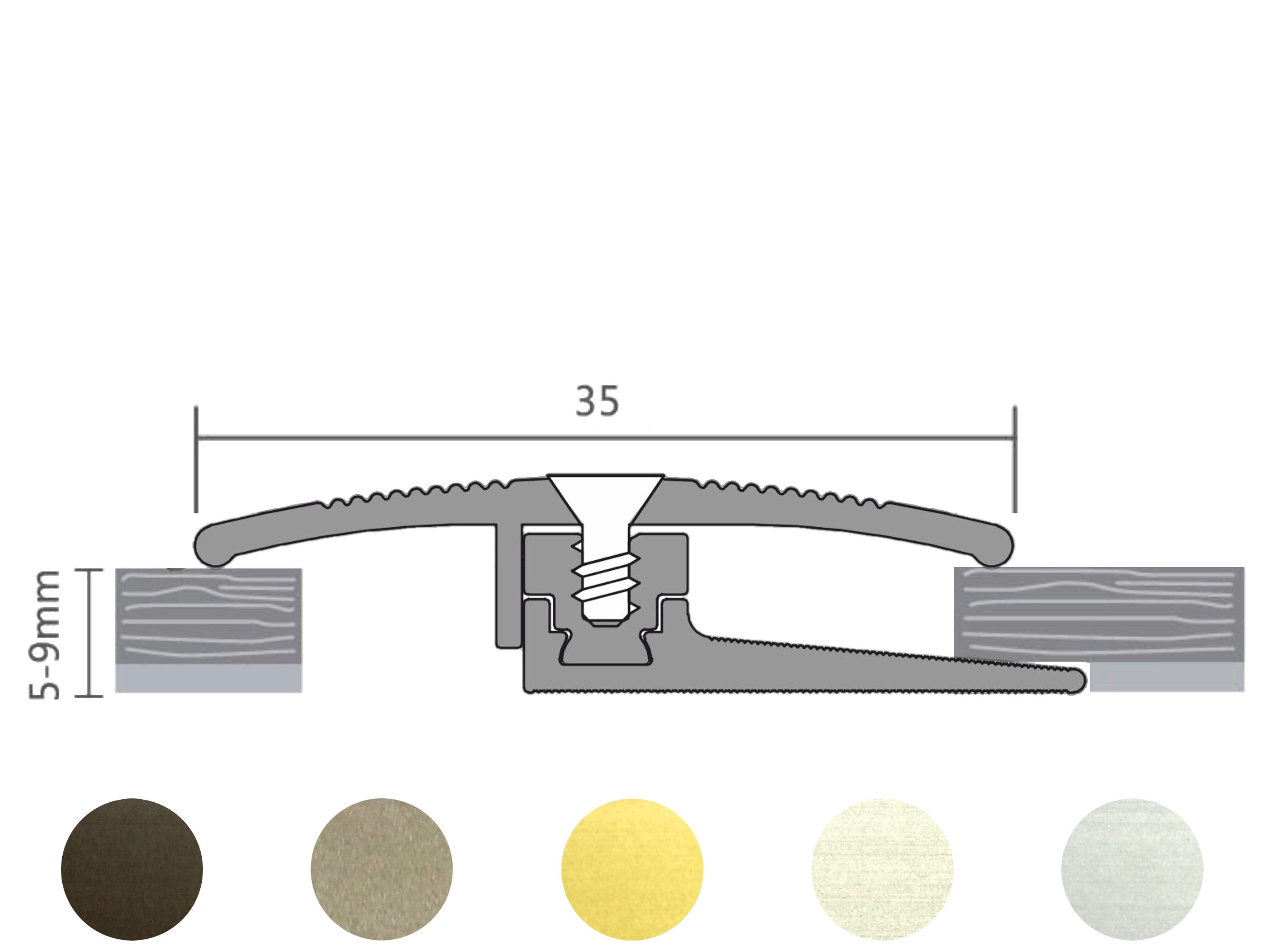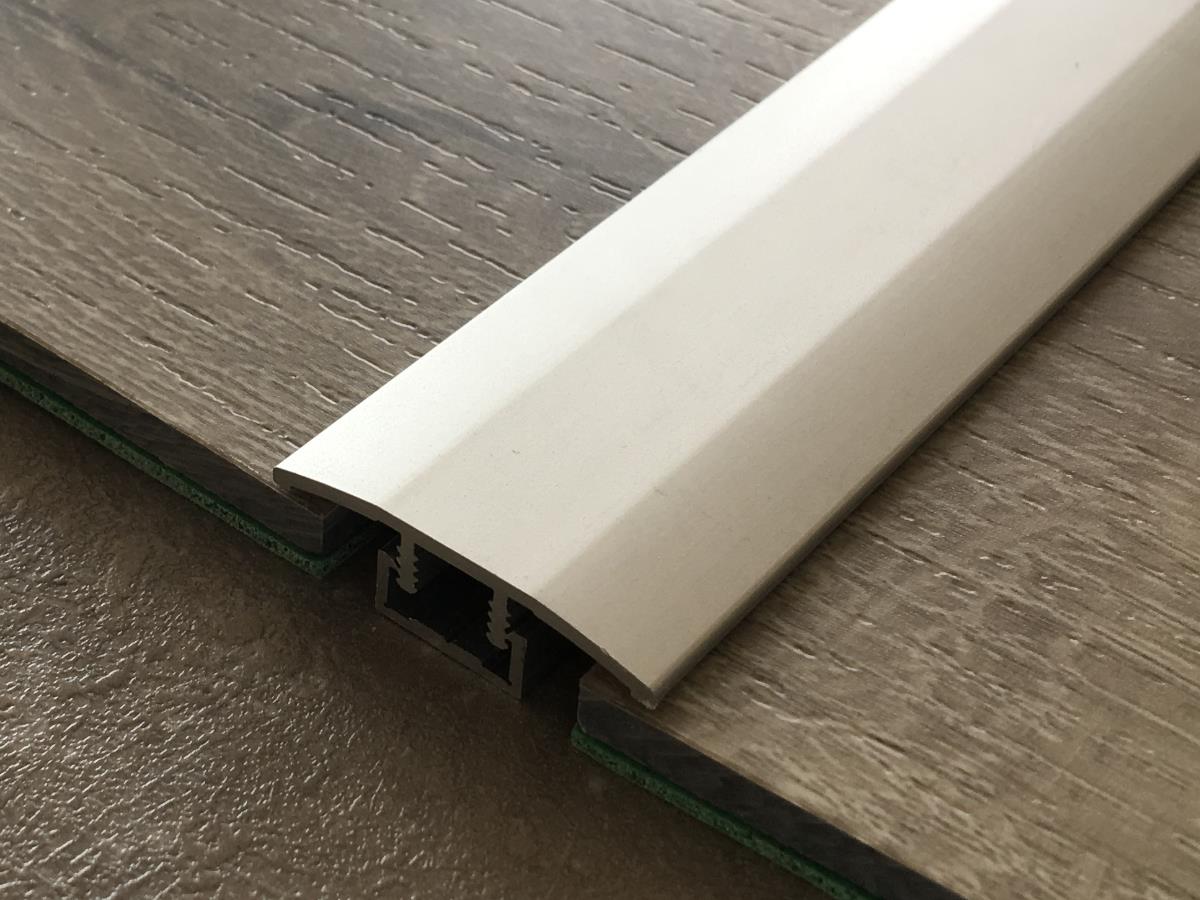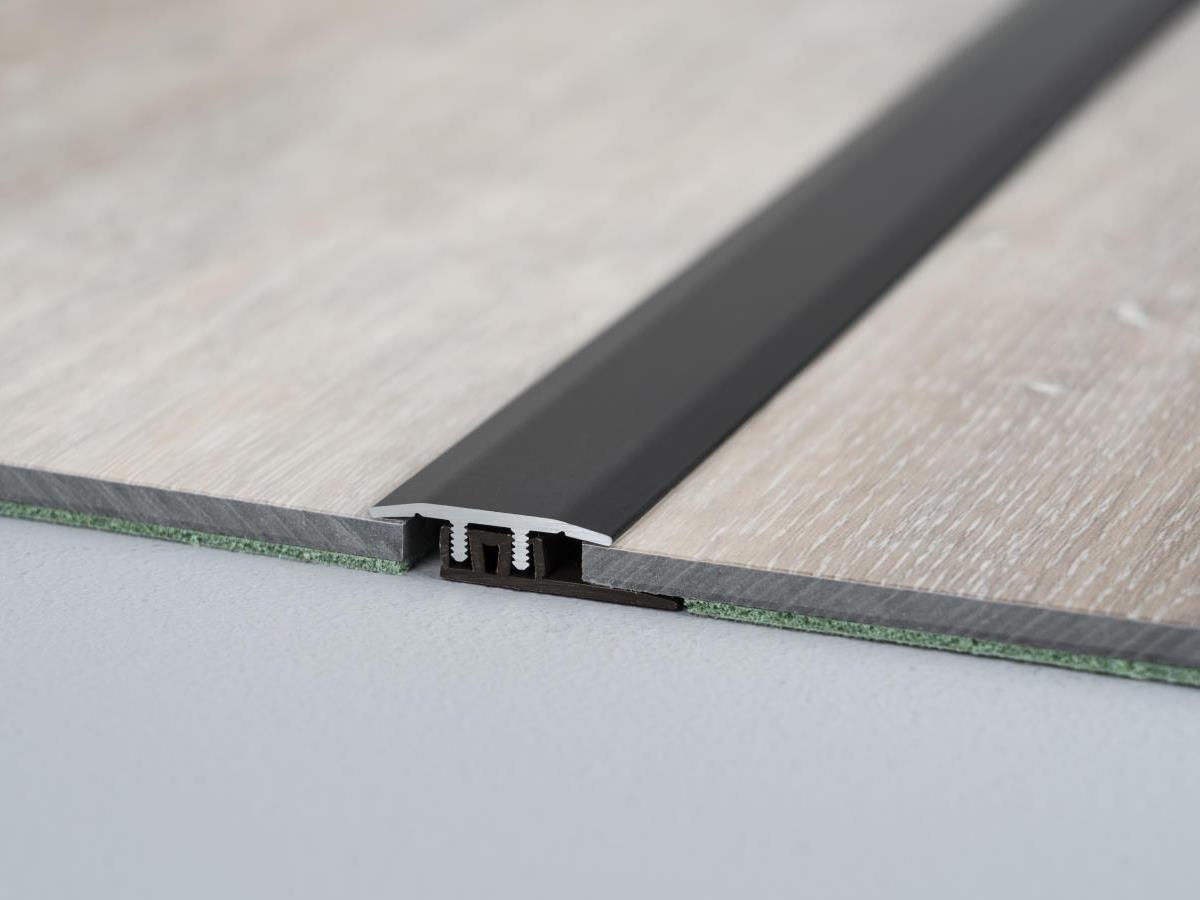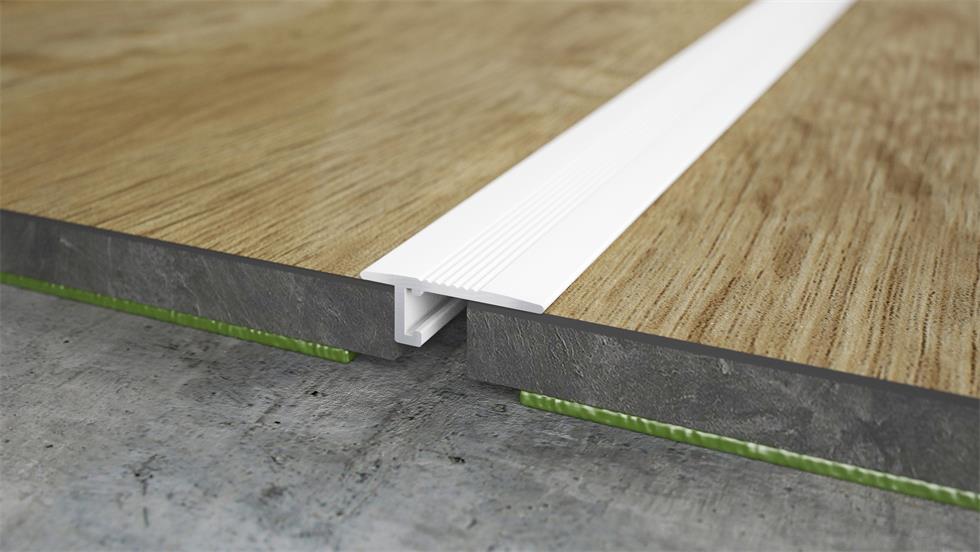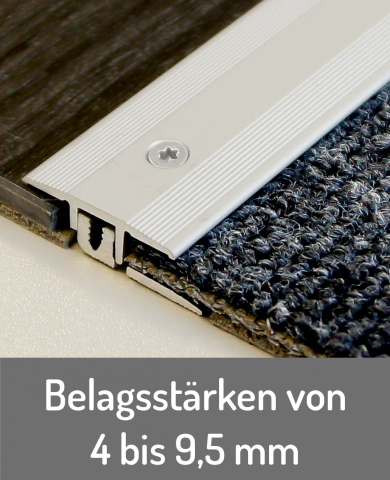
400cm x 5mm Übergangsprofil Selbstklebend, PVC Übergangsleiste, Leisten Selbstklebend, Vinyl Übergangsschiene Abschlussprofil für Laminat- & Parkettböden, Türschwelle : Amazon.de: Baumarkt
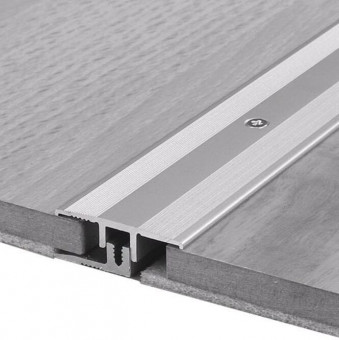
Übergangsprofil Typ 378 Vinyl, Aluminium elox., sand | Webshop | ZEG Zentraleinkauf Holz + Kunststoff eG

ZZLQIAN 2 Meters Boden&Teppich Laminat üBergangsprofil Selbstklebend-üBergangsschiene-Abschlussprofil-Ubergangsprofil Zum Kleben-Leisten Kleben-Geeignet FüR SchwellenüBergäNge Von 5 Mm HöHe Grau : Amazon.de: Baumarkt

Übergangsprofil 100cm Übergangsleiste 30mm, 1mm Stärke aus Nirosta V2A Edelstahl Übergangsschiene | HEXIM
